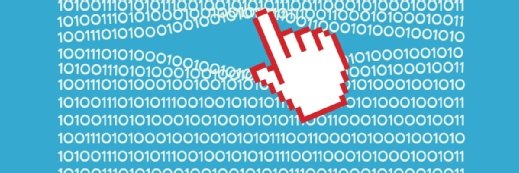Case study: How technology has transformed education in Denmark
Digital devices have transformed the learning environment for schools in the municipality of Odder, Denmark
Tablets are used by teachers, students and school principals within the municipality of Odder in Denmark, as all schools in the region believe an open, tolerant and creative environment is necessary for learning.
Infrastructure includes broadband and wireless networks in almost every classroom, in addition to interactive whiteboards and an iPad for every student aged six to 16, teacher and recreational instructor.
Odder is a municipality just south of the city of Aarhus in Denmark. Almost 22,000 people live in the municipality, 11,000 of whom live within the city of Odder.
Last year, the Odder municipality devised a new strategy for public schooling called “Strategy for Future Public School 2012-2016”. The aim of the strategy was to create varying and challenging learning environments through digital tools in teaching.
Schools in the area wanted to find a way of keeping up with the ever-changing developments of society. They chose to do so by introducing the digital world into the classroom.
More on IT skills and education
- E-skills forms partnerships for ‘information economy'
- A great week for the computer science curriculum
- Bett Show: L&D crucial to business survival
- Bett Show 2013
- Bring together technology and educators, says Cable
Evaluating digital tools for learning
A year after 2,500 new digital tools were handed out across the region, an evaluation was performed by the municipality, through researchers at Umeå University in Sweden. According to the university, both students and teachers were motivated and engaged during the evaluation.
Lise Gammelby, school improvement coordinator in Odder, says there was demand to renew the current IT equipment within schools.
She says previously each school had one IT classroom, but the students would often find the technology did not work so the 30 minutes they had to learn in that class would be wasted.
“It was inconvenient and teachers didn’t want to use it. Technology had to be made accessible – and it had to work,” she says.
“In Denmark, children have access to lots of IT in their games rooms, but not in schools. Traditionally, there have not been enough laptops available in schools. It was a long process with parents and academics to discuss what type of world we want our children to learn in.”
Gammelby says those involved in the project were well aware of the challenges that could arise. “We knew our devices would get broken. We knew that in a year or two, 30% would be broken and that we would need to replace them,” she says.
Children have access to technology at a younger age every year, so we put some of that technology into schools
Lise Gammelby, school improvement coordinator, Odder
Enhanced learning at Saksild Nølev School
Saksild Nølev School in Odder is a prime example of one of the region’s schools using digital tools to enhance its learning environment.
The school has a well-stocked music room of instruments, but also features a wall which consists of a self-composed musical stave constructed from students’ favourite songs, pictures of performers, and quick response (QR) codes or barcodes linked to YouTube clips of melodies.
School head and music teacher Jacab Brandt Rasmussen says, for him, “teaching is first experience and then enlightenment”. According to Rasmussen, the iPad has “expanded our palette” and every class has allocated trained students and teachers to help each other with the technology.
Due to the fact that the school has continuous access to the internet, the question of online ethics has been raised, but Rasmussen says that since the tablets were introduced, the number of children being abused online has decreased.
He says it is important that all teachers and students work with the same tools, as this makes it easier to discuss and advise each other – and not just teachers within Saksild Nølev School, but with other schools in Odder.
At present, Rasmussen needs to work with both an iPad and a computer, as the school's administration systems cannot yet be handled solely by the iPad.
The iPad was chosen for the municipality because it is wireless and gives both teachers and students mobility and removes the trip hazard posed by wires..
Modernising the learning environment
Odder's school improvement coordinator Gammelby says children start school full of enthusiasm about learning, but this excitement drops as they progress through their school years. This was something that all schools in Odder wanted to tackle, to keep students engaged and enthusiastic about education for longer.
“Children learn more when their work reflects that of the outside world. Children have access to technology at a younger age every year, so we had to put some of that technology into schools – alter the learning environment to alter the learning,” she concludes.
Image: Thinkstock










